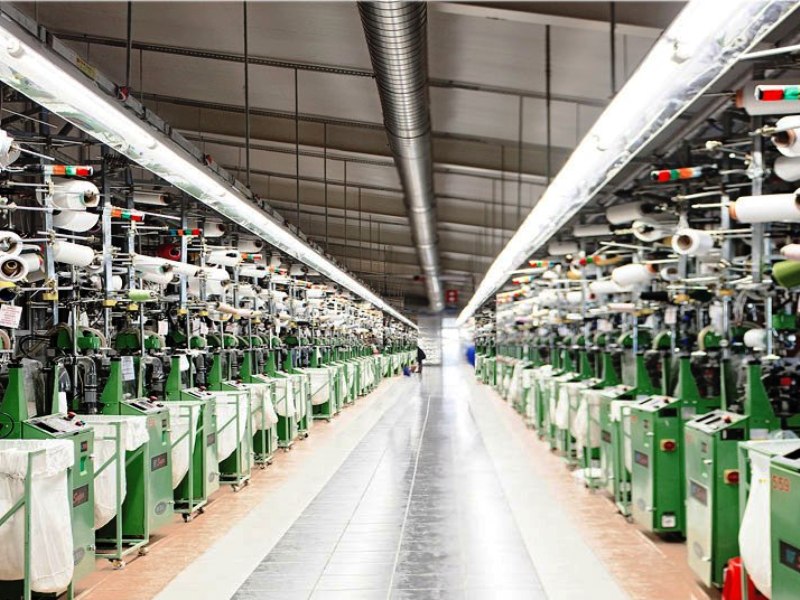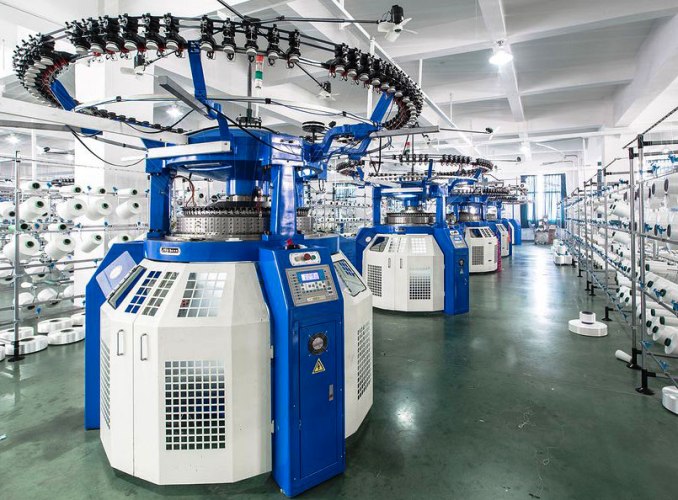Textile Air Conditioning Systems
Textile Sector is one of the sectors where humidity is also important along with cooling. Evaporative Air Conditioners are the most suitable and effective solution for temperature and humidity control in these sectors.
Evaporative air conditioning is an indispensable condition for all knitting and yarn processing halls. In order to prevent static electricity and not to dry the yarns, it is necessary to control temperature and humidity with evaporative air conditioning.
Evaporative cooler centrals should not be confused with the traditional construction type spray humidification plants applied in yarn processing and weaving mills. While adequate cooling cannot be provided with traditional construction type humidification plants, both cooling and humidification are provided under desired conditions with evaporative cooler centrals.
In cases where the cooling of the evaporative air conditioner is not sufficient, a solution can be reached with air handling units fed by chiller or gas package type air conditioners.
Cooling and humidification systems with evaporative air conditioners;
● Increases the strength of fibers and prevents breakage and increases production speed.
● It provides flexibility by moving the fiber suspension from one place to another.
● Improves product quality by preventing errors. Wrinkles and dusting are prevented in the product; The product becomes draped.
● Facilitates yarn separation and control.
● Reduces static electricity, simplifies the control of the product and prevents the machine speed from static electricity to decrease by 5-10%. In addition, electronic card failures are minimized, machine wear is prevented and machine life is increased.
● As fiber breaks are minimized, fibers, air and dust that fly in the air are minimized and the existing ones are pressed down to the ground.
● Increases worker productivity by up to 40%. Every degree increase above 22 ° C causes a 4% decrease in worker productivity. A worker operating at 35 ° C is 40% less efficient than a worker at 25 ° C.
Below are the production and knitting halls that we have designed turnkey projects in some textile sector areas.









